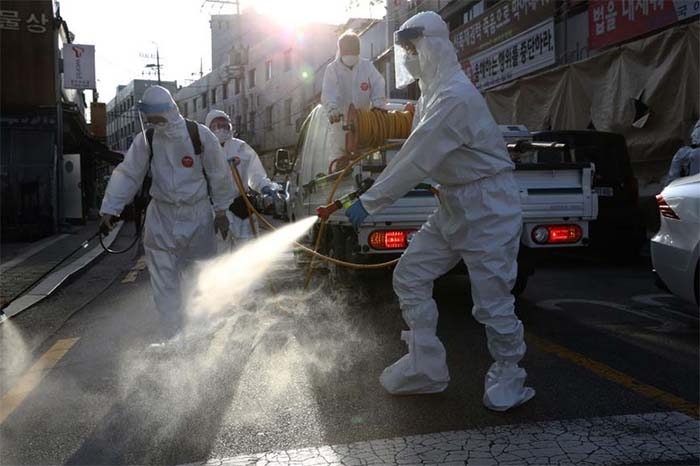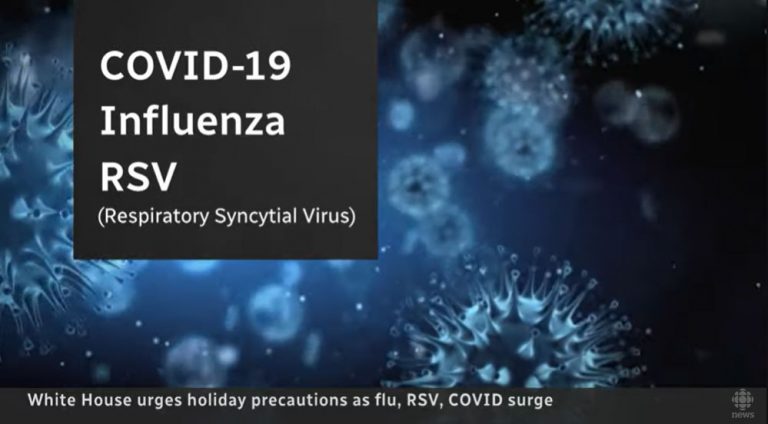
In 2003, when SARS had infected thousands, killed hundreds, and caused a worldwide scare, Lidia Morawska was studying the effects of inhaling fine particles of pollution. But then the World Health Organization asked Morawska, a physicist at the Queensland University of Technology, to join a team in Hong Kong trying to understand how the coronavirus that causes SARS was spreading.
Morawska decided to take an unconventional approach. Rather than look at how people inhale contagious matter from one other, she dug into the reverse process: exhalation.
“I found three papers investigating anything to do with exhalation of particles from human respiratory activities. There was basically next to nothing,” she says. “This amazed me because this is such an important area, such a critical area.”
Almost two decades later, the rapid spread of the novel SARS-CoV-2 virus has reignited interest in research into how our lungs launch infectious material into the air, namely the tiniest respiratory droplets called aerosols. Understanding how aerosols form in the body is crucial to figuring out why this virus spreads so readily and what’s fueling so-called superspreading events, where a small number of disease carriers end up infecting many individuals. Such incidents are a hallmark of COVID-19.
For the full story, visit NationalGeographic.com/Science.





